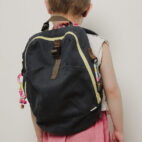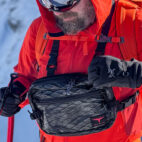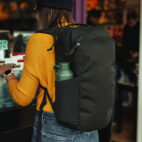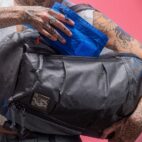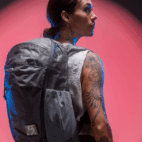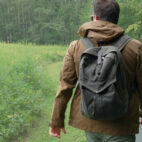
Backpacks
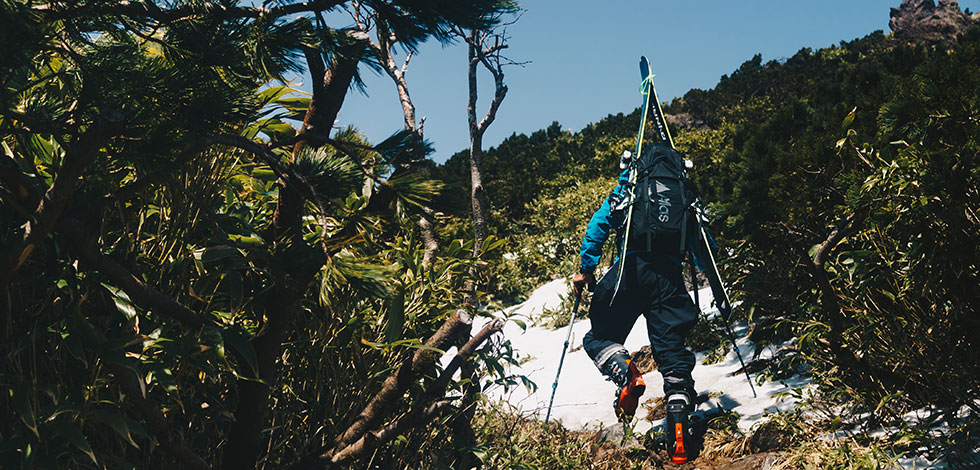
PHOTOGRAPHY
Atlas Packs Adventure and Athlete Packs Review: Road Test
Living and working in Hokkaido means gear gets thrashed and usually comes out of a season full of rips, broken parts, and general patina. When Atlas Packs sent me the Athlete and Adventure for testing, just as spring skiing was starting to get good, I took this chance to drag the packs in the perfect arena for a bag designed for adventure photography. Spring skiing presents challenges that winter skiing doesn’t have, such as grimy mud, bogs, rotten snow, rocks, and bush-bashing, meaning this is the perfect torture test for packs of any caliber. I am focusing this write-up on the Athlete (30L) for its versatility, but will mention features of the Adventure (50L) alongside.
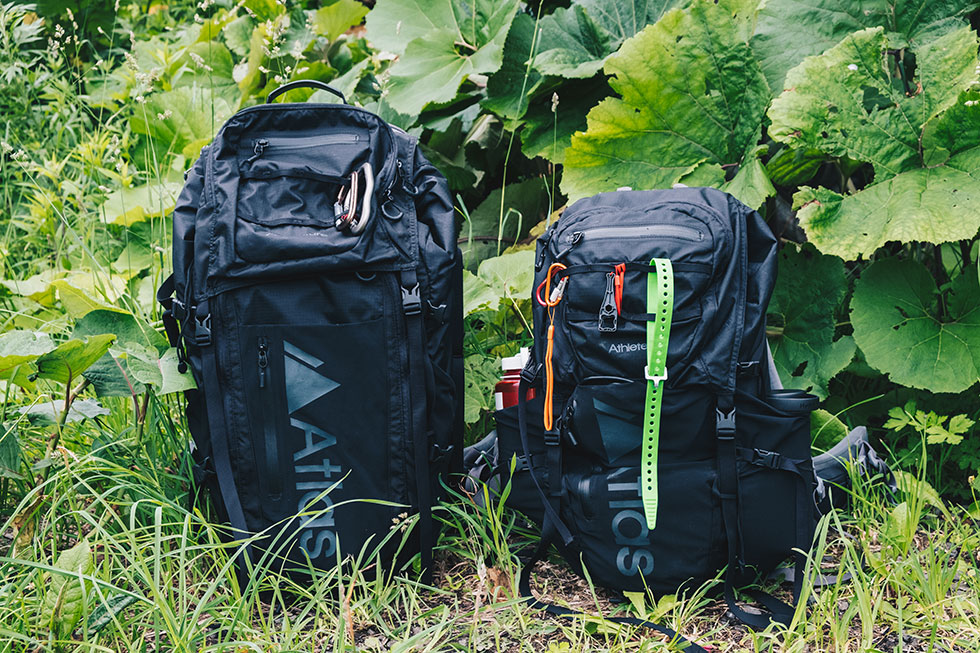
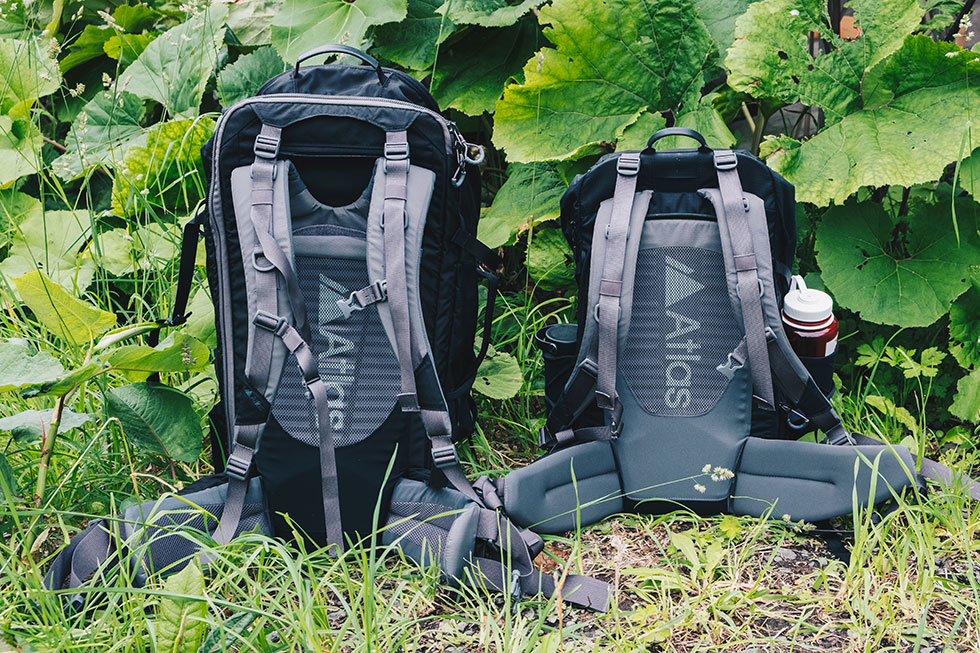
Specifications
- Name: Athlete
- Brand: Atlas Packs
- Format: Backpack
- Measurement:
- Capacity: 30L
- Weight: 3.6 lbs/ 1.6kg
- Zippers:
- Material: 210D Nylon with 2X DWR coating
- PriceUS$385
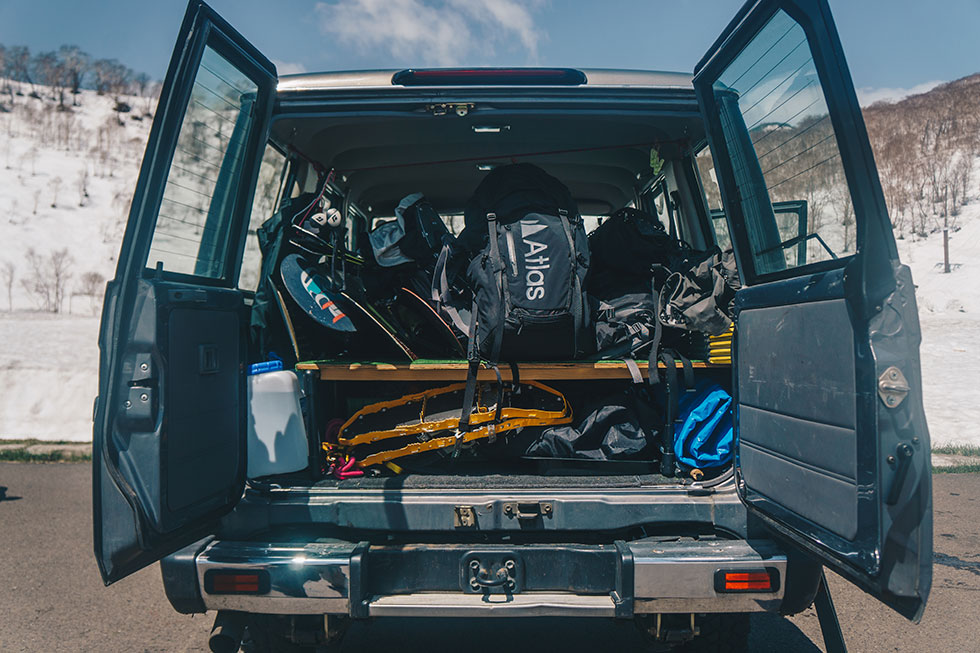
Who It Suits
The Atlas Packs Athlete and Adventure are perfectly designed for photographers who drag their gear across mountains, through jungle, and in the backs of cars dodging potholes on dirt roads. The packs feature enough space for necessary survival gear (think camping stove, extra layers, etc.) and a dedicated, collapsible camera protection zone. These are packs for photographers who do not baby their gear and the Athlete proved perfect as the one-stop bag for hauling my camera gear through spring skiing missions and to the office without skipping a beat. It has earned its stamp of approval from National Geographic as the best camera bag for travelers, and rightfully so. The Athlete is 30 liters plus a 9.7-liter "camera core" (reducible down to 6.6 liters) and the Adventure is 50 liters with an additional 18.4-liter “camera core” (collapsible down to 8.4 liters). These packs work perfectly as standalone packs with the Athlete being the more versatile of the two, but both packs work together as a system for all sorts of adventures from day trips to multi-day missions.
"These are packs for photographers who do not baby their gear and the Athlete proved perfect as the one-stop bag for hauling my camera gear through spring skiing missions and to the office without skipping a beat."
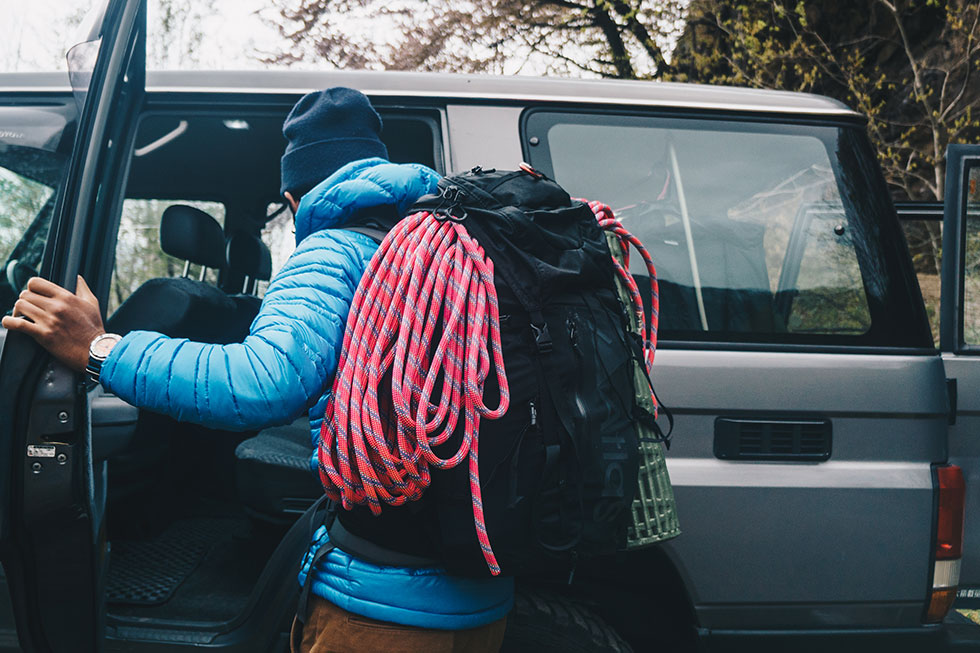
Who It Doesn’t
Photographers running single camera setups will not need the camera storage and the weight that comes with Atlas’s protection systems. Think a multi-day ski camping mission where covering great distance at speed or where the lightest setup possible is important (e.g. trying to lap the main face of a remote mountain as many times as possible before the sun sets). If one body and one lens might be all you are packing, these packs may be more than you need.
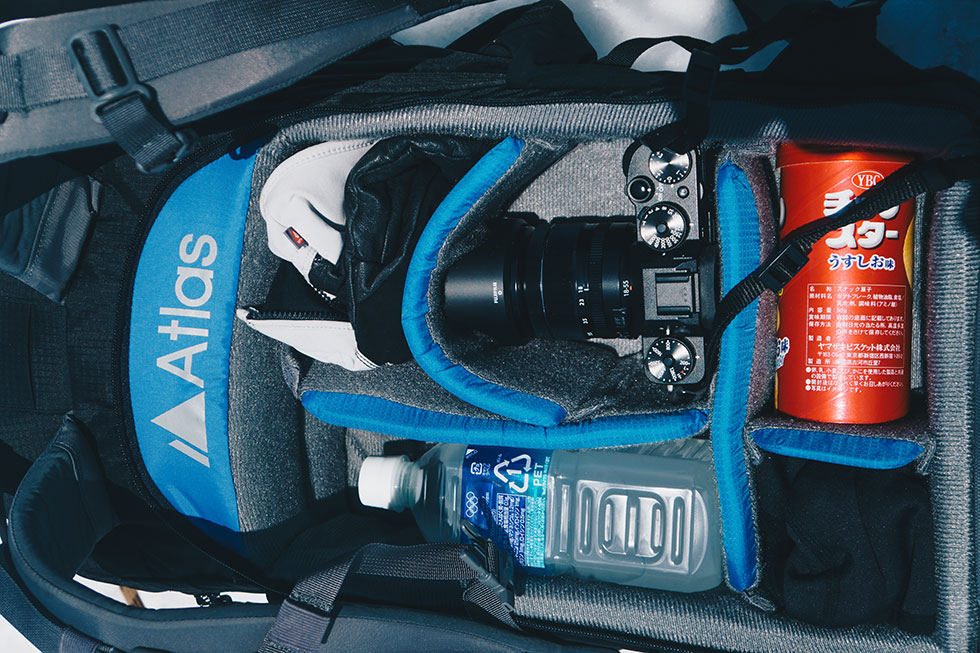
Design
Looks
The Athlete and the Adventure are designed in such a way that inspires confidence with their specialized builds. I opted for the black colorway, which found itself at home as much in the backcountry as in an office environment. To the unassuming eye, the Athlete could pass as a “backpack” but the Adventure is clearly designed to hold precious cargo, as the structured bottom of the pack is quite rigid as opposed to the Athlete, which features a “floating” cargo compartment. The yellow packs are less subtle and have a big “Atlas” emblazoned on the outside of the pack, so keep that in mind.
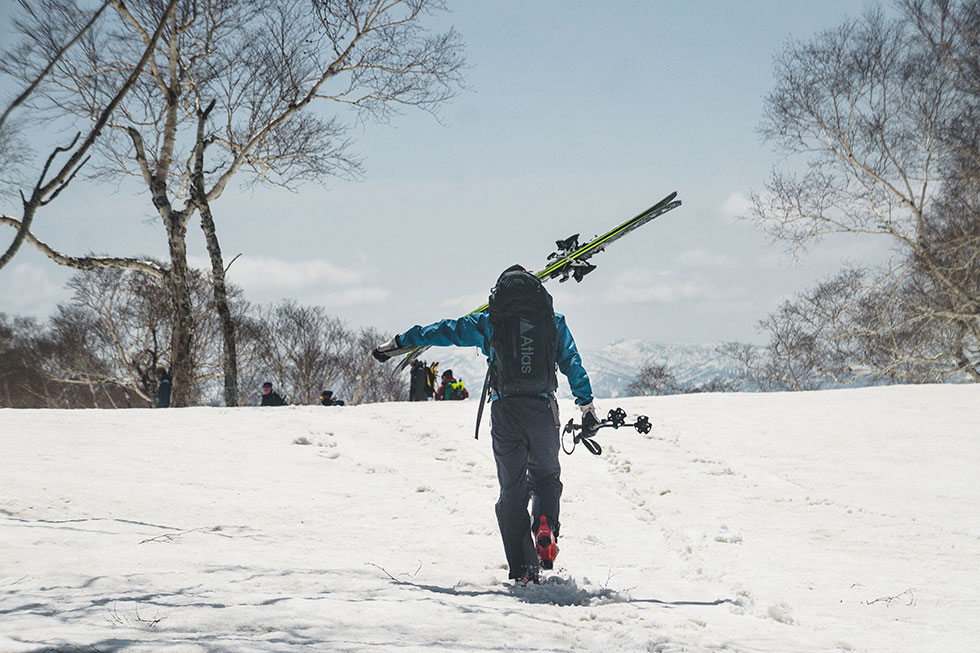
Hardware
Loops hanging off the back panel zippers resemble Osprey’s ski pack zippers and work perfectly when grabbed with fists or gloved up hands. The teeth are burly enough to provide confidence, even in trying conditions like a fully stuffed pack, with a tent strapped to the side, and dropping down a steep north face on skis, chasing the last of low elevation Japanese spring snow. In an unscientific test of toughness, the zipper track survived multiple bootpacks where the snow brakes of my skis (think toothed, spring loaded, plastic designed to stop your skis in the event of an ejection) dug into the track for hours at a time without rupture or signs of weakness. In Atlas Packs’ prototype testing, the zippers failed at 465 pounds (210 kilograms).
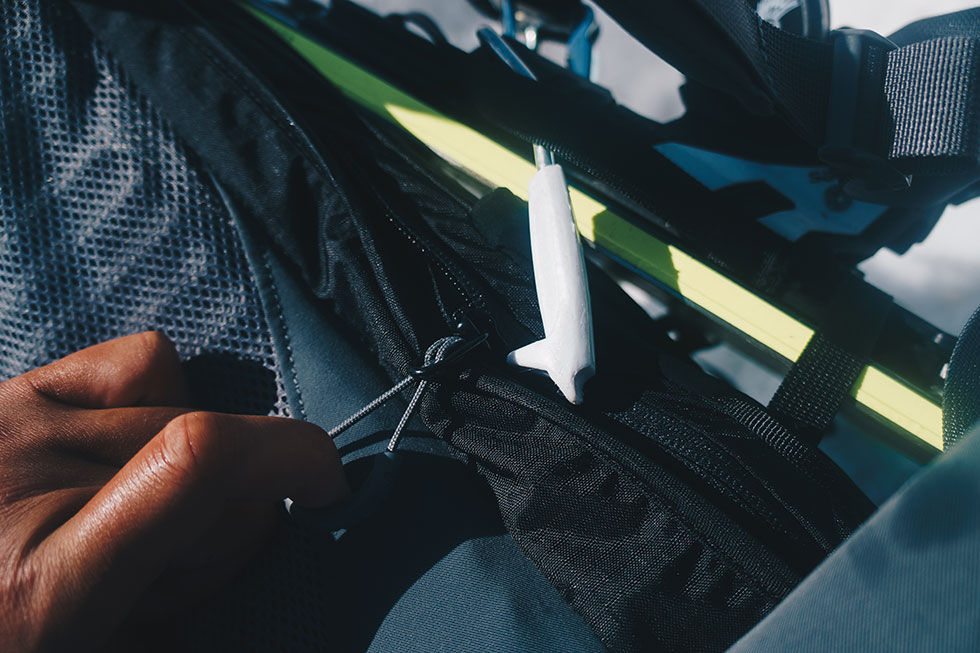
The webbing on the brain of the pack and along the front allows for attaching items such as carabiners or helmet net for climbing and skiing helmets.
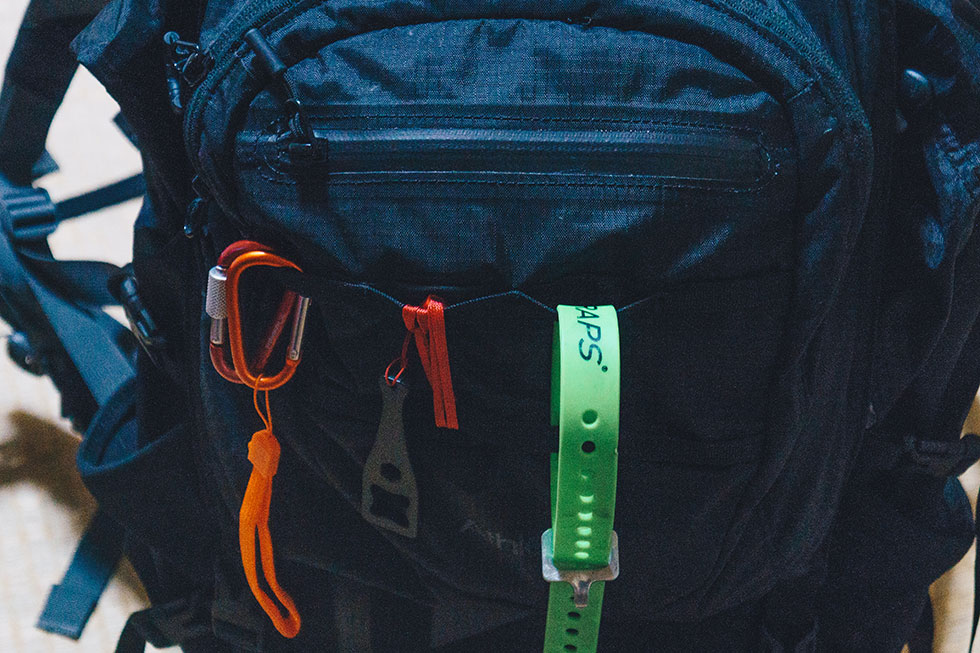
Materials
Made with mostly 210D nylon, the bags are not too stiff, as sometimes adventure packs can tend to pitch the scales when the toughest materials are used in the name of durability. At a good balance, this pack should survive daily thrashing in most environments and uses. I have not had any hiccups with the fabric failing through climbing, hiking, and daily errands except on an extended bush bash. At the end of the fight with dreaded sasa bush in Hokkaido, the bag was left with a small tear from ski edges. More on that in the durability section of the write-up.
"In an unscientific test of toughness, the zipper track survived multiple bootpacks where the snow brakes of my skis (think toothed, spring loaded, plastic designed to stop your skis in the event of an ejection) dug into the track for hours at a time without rupture or signs of weakness."
Features
Straps and workflow
These packs are strap monsters (in a good way) with options to secure the pack so that it carries snug and doesn’t have that dreaded jostling of gear that can often happen without enough compression straps. The main straps compress over the top of the pack from the brain with two straps on both sides of the pack for tripod carry, which I used as A-frame carry for skis. It’s important to note that for carrying skis, tying the tips with ski straps is critical because the straps were not designed for ski carry, so if not secured with one more degree of compression, they can flop. Although the side straps were not designed with skis in mind, it is nice to know that they will carry skis for extended bootpacks.
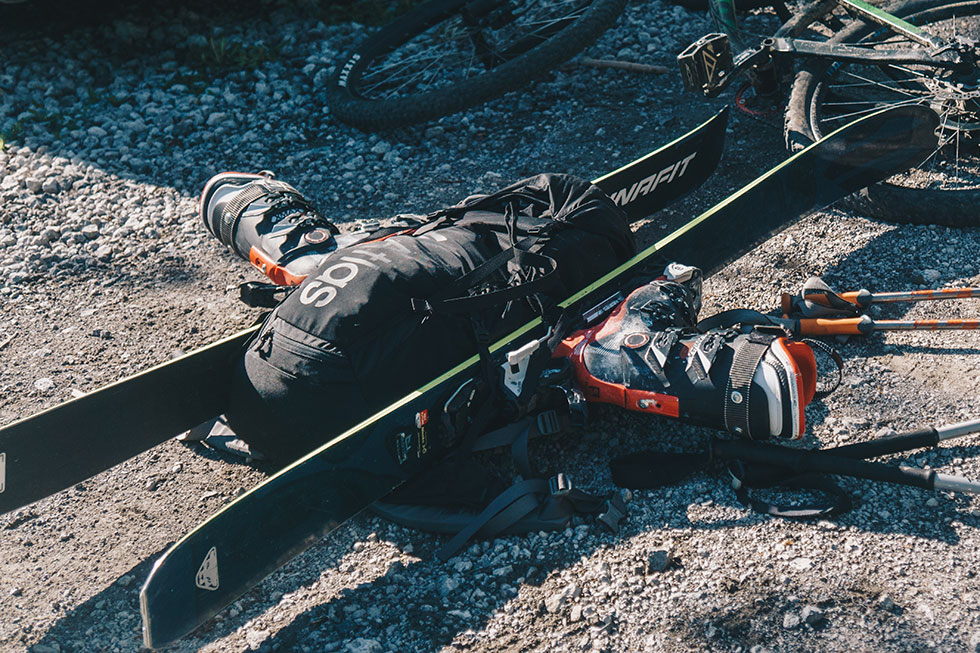
Atlas Packs sent me both the Athlete and the Adventure and I found that they worked perfectly together as a system. The architecture of how I organized my Athlete carried over exactly to the Adventure, which was perfect in terms of workflow, knowing that my lens cloth or chocolate bar was in the exact same place on both packs whether I was shooting something down in the valley or after an overnight trip in the mountains.
Performance
Space and Access
Both Atlas packs feature a back zip for the protected main compartment. Similar to many ski packs, the back zip allows access to gear without the risk of toppling the pack and getting snow in and also allows access with skis attached to the bag. When compared to the workhorse of the backcountry ski world, the Osprey Kamber series, the Atlas’s access is many seconds faster, which can make a world of difference in trying conditions, like deep winter.
"Atlas Packs sent me both the Athlete and the Adventure and I found that they worked perfectly together as a system. The architecture of how I organized my Athlete carried over exactly to the Adventure, which was perfect in terms of workflow."
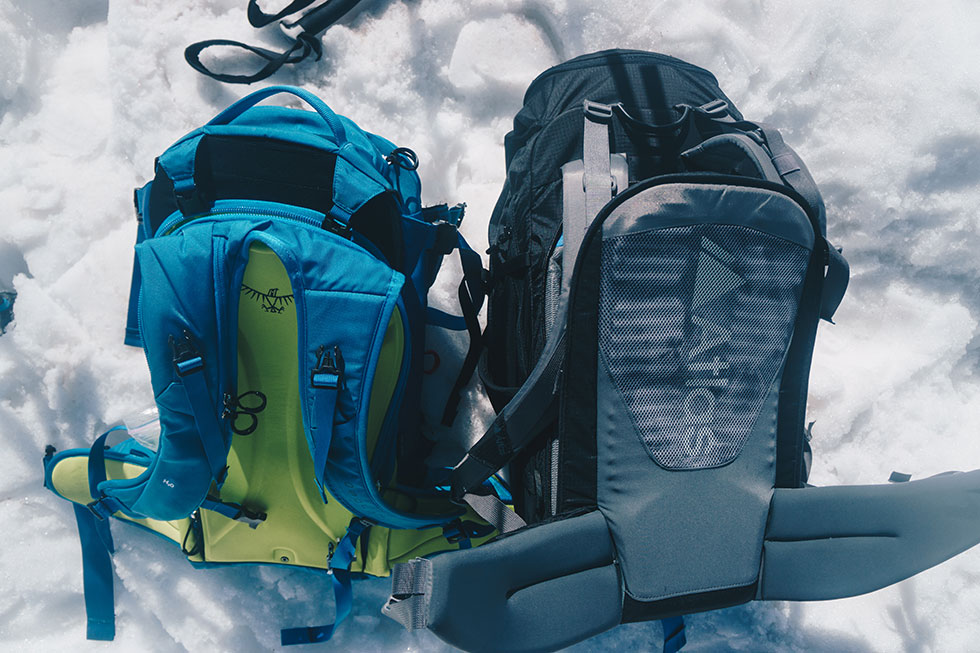
The camera compartment of the packs features an innovative “origami” system, which can shift one third of the camera compartment into space for other gear in the main, top-loading section of the pack. This proved perfect for adjusting to different types of missions, from one where I might be packing multiple lenses and bodies to another where I would be running with a pared-down setup. The Athlete’s camera compartment when open (9.7 liters) is roughly the same size as the Adventure’s compartment when folded down (8.4 liters), which means nearly seamless integration of gear transfer from one pack to the next. Although I have not had the chance to test the pack in deep winter, I have noticed that the compartment has insulating qualities and that in a pinch, a few chemical hand warmers could keep the batteries fresh for a -20ºC before windchill, ski photoshoot.
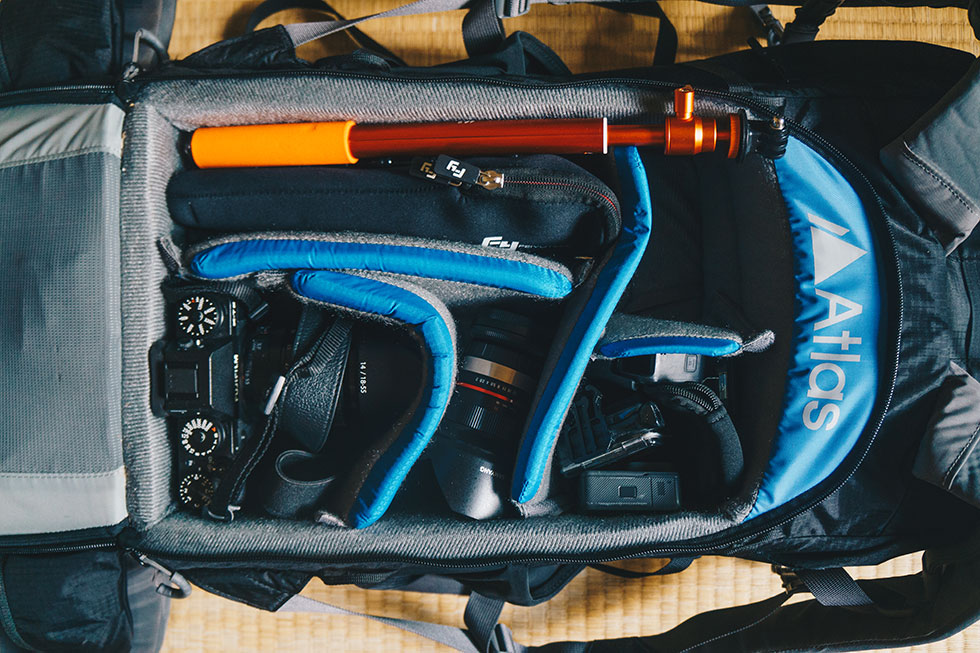
"The camera compartment of the packs features an innovative “origami” system, which can shift one third of the camera compartment into space for other gear in the main, top-loading section of the pack. This proved perfect for adjusting to different types of missions, from one where I might be packing multiple lenses and bodies to another where I would be running with a pared-down setup."
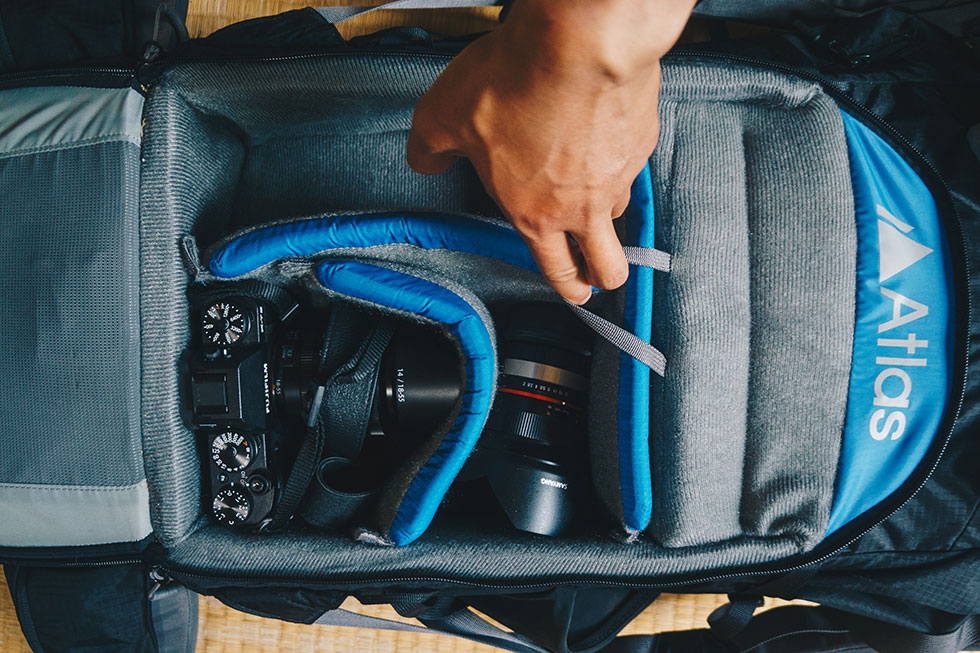
Inside the camera cores of each pack is a Velcro divider system used to customize compartments for your specific needs. They can snake around your gear for the perfect fit, guaranteeing no jostling and tumbling when you strap up and head off. If you are running a setup light on camera gear, the camera compartment can safely house other gear, such as a stove and coffee kit.
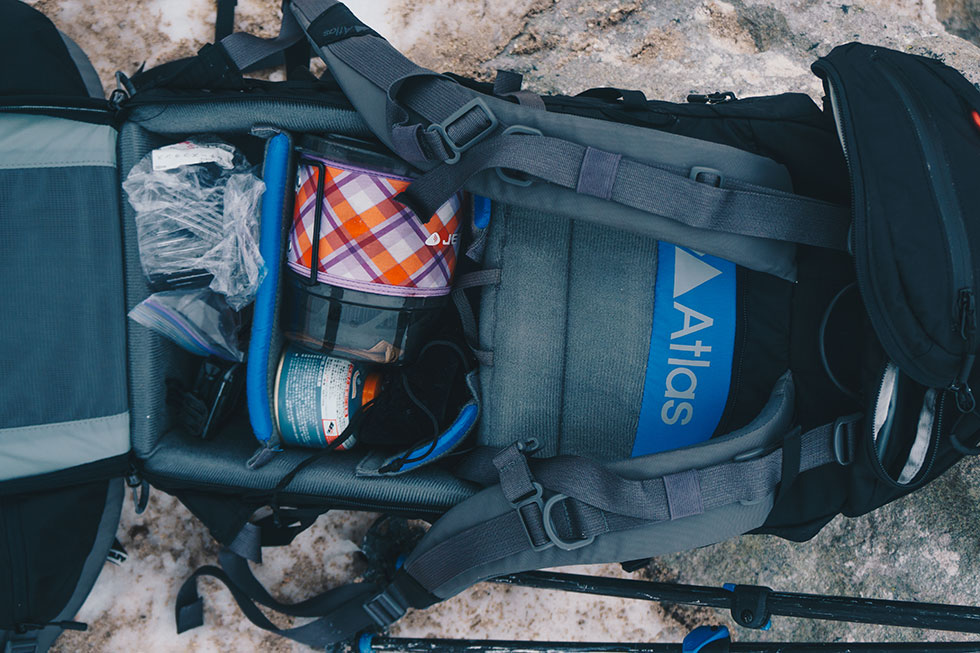
The Athlete’s top compartment is accessed underneath the brain via a drawstring, opening up to a space that runs all the way to the bottom of the pack. Inside this section is also a dedicated 15" laptop compartment, which is perfect for a Mac Air or a stash zone for avalanche safety gear (shovel head, shovel handle, and probe). It can also be a place to store skins for the ski down or climbing rope on the walk in.
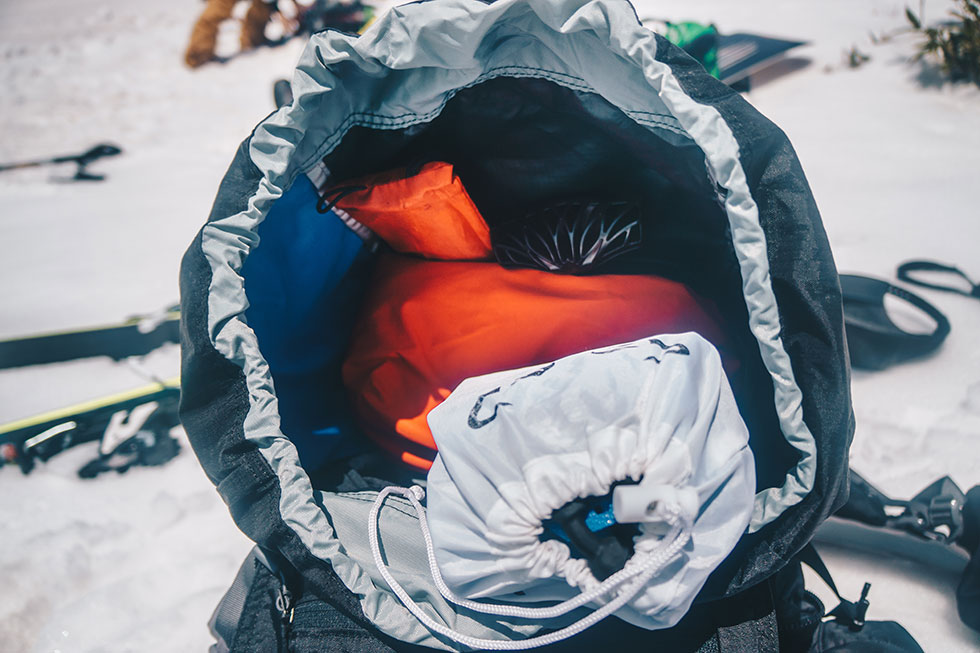
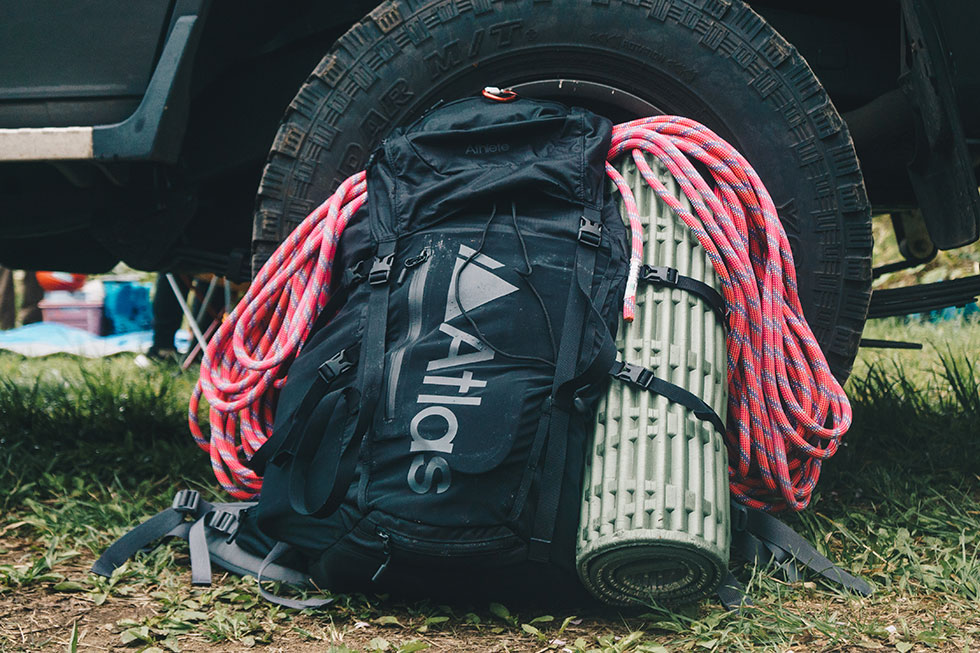
The brain of both packs features two pockets. The larger pocket I used for sunglasses, ski goggles, buffs, and any items I would need easily accessible and the smaller pocket I used for an emergency bivy, lens cloth, sunscreen, and pocketknife. Again, this setup is mirrored across both packs.
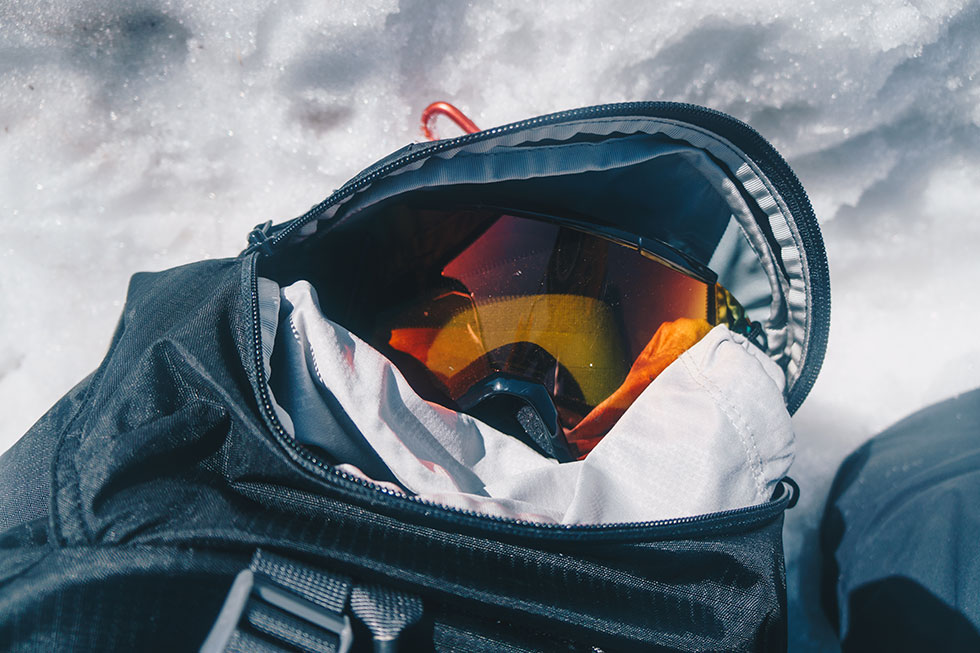
On both sides of the packs are bottle sleeves which fit a 1-liter Nalgene bottle comfortably, retaining shape and elasticity after months of use.
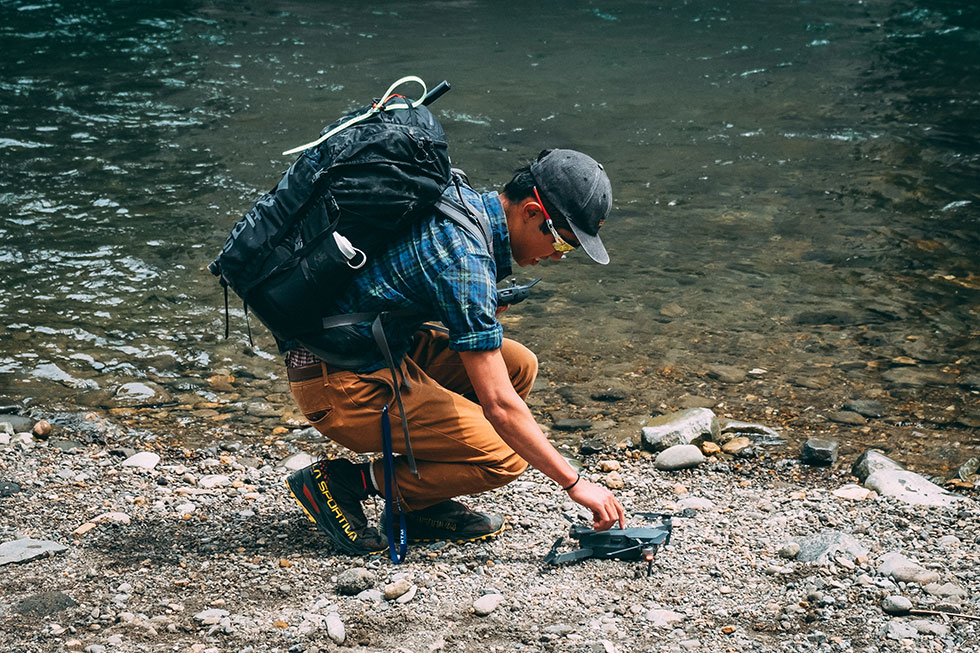
The expandable outside pocket is also good for stashing gloves, skins, or other wet items you want separate from the rest of the pack. It has a small zippered compartment perfect for a phone or other small items. One great feature (if you have semi-flexible shoulders) is that by reaching my arms all the way back, without taking the pack off, I can access the zipper and grab anything I may need from there. Exclusive to the Adventure is a pocket about the size of a hydration pack. I opted to put my hydration pack there versus the dedicated hydration pocket because when stuffed to the brim, the pack put quite a bit of pressure on the hydration pack. On the Athlete, the hydration pack pocket is located on the side of the pack, which can quickly unbalance the pack. Alternatively, that pocket can be used to store small items like maps or SD cards.
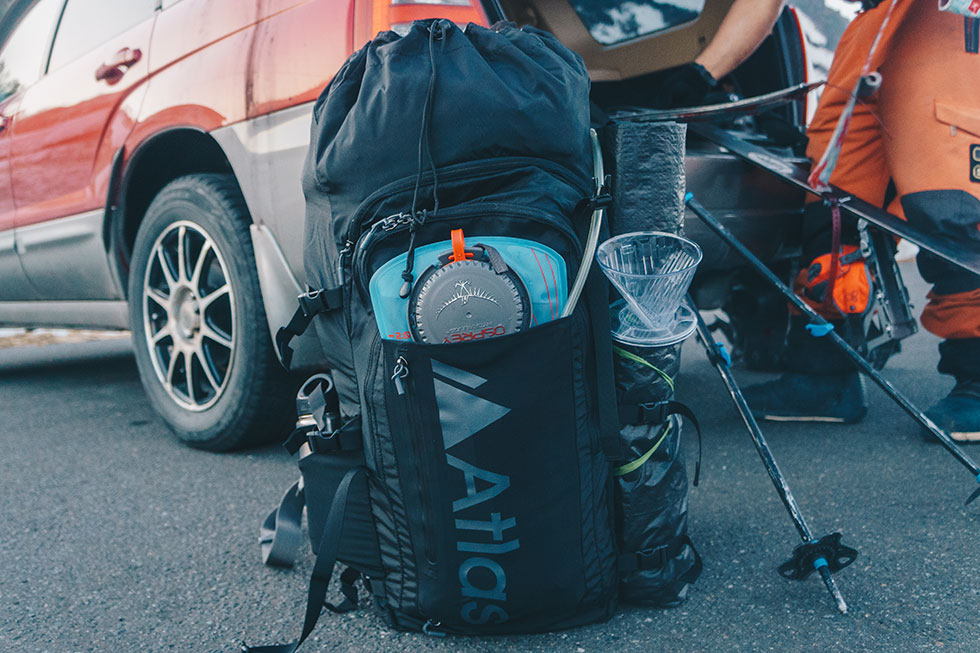
Hidden in the waist straps (of both packs) are pouches that can be deployed to hold lenses or other items you would want easily accessible. One downside of these pouches is that they are not removable and take up all the pocket space when stored away.
"On the Athlete, the hydration pack pocket is located on the side of the pack, which can quickly unbalance the pack."
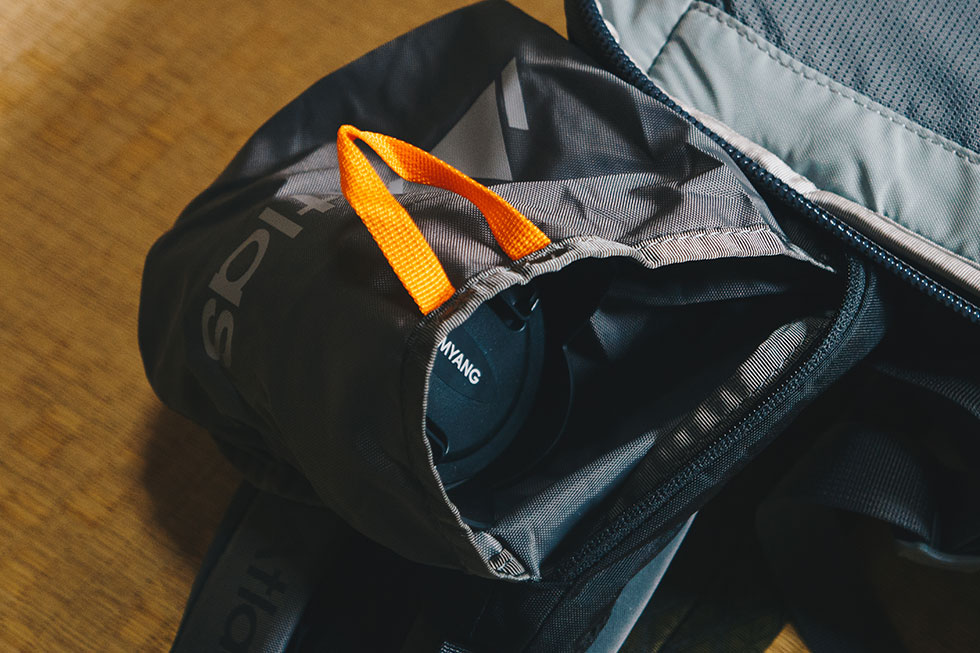
For those who like to rock their camera in front, or need to snake a walkie talkie coil or hydration hose, the attachment points on the shoulder straps can come in handy.
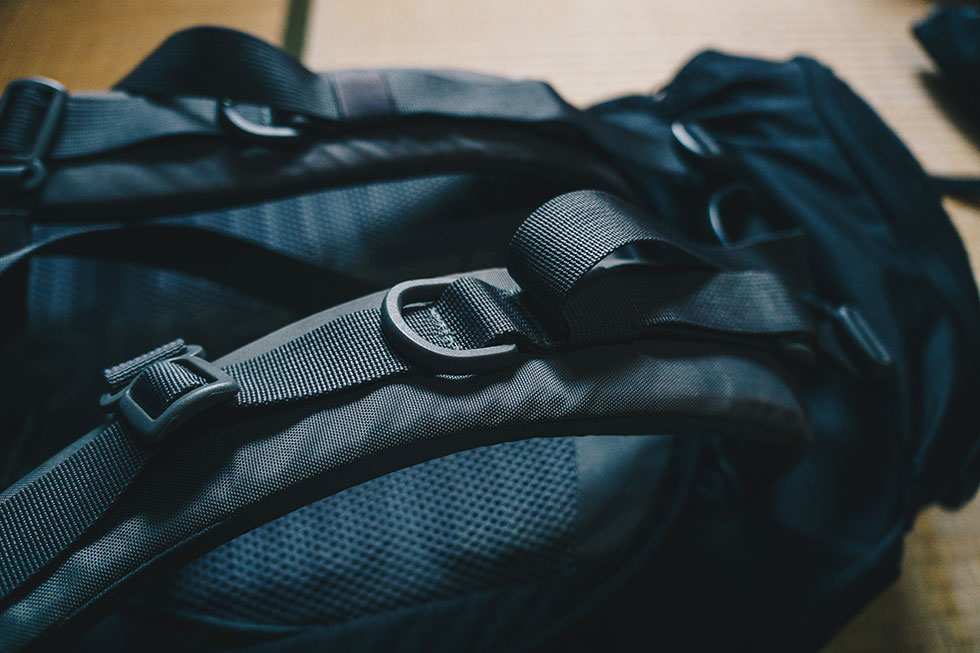
Although I did not do any flying with the Atlas packs, the Athlete fits the carry-on dimensions of most carriers and can be a great way for you to keep essential and valuable gear close.
Comfort
The Atlas packs both utilize a serrated back panel and a mesh cover to facilitate airflow during high intensity activities such as ski-touring or running along a riverbank chasing rafts on assignment. The foam that rests right at the waist is thicker and stiffer than the serrated section, transferring weight dispersion to the hips, where the waist straps take up the rest of the slack. Working in tandem with the back panel are the shoulder and hip straps, which utilize foam on the inner surface and a harder plastic on the outside. I found this system has slowly moulded to my shoulders, as the plastic sheath slowly takes shape during a break-in time in which the bag is never uncomfortable. It just gets better with age.
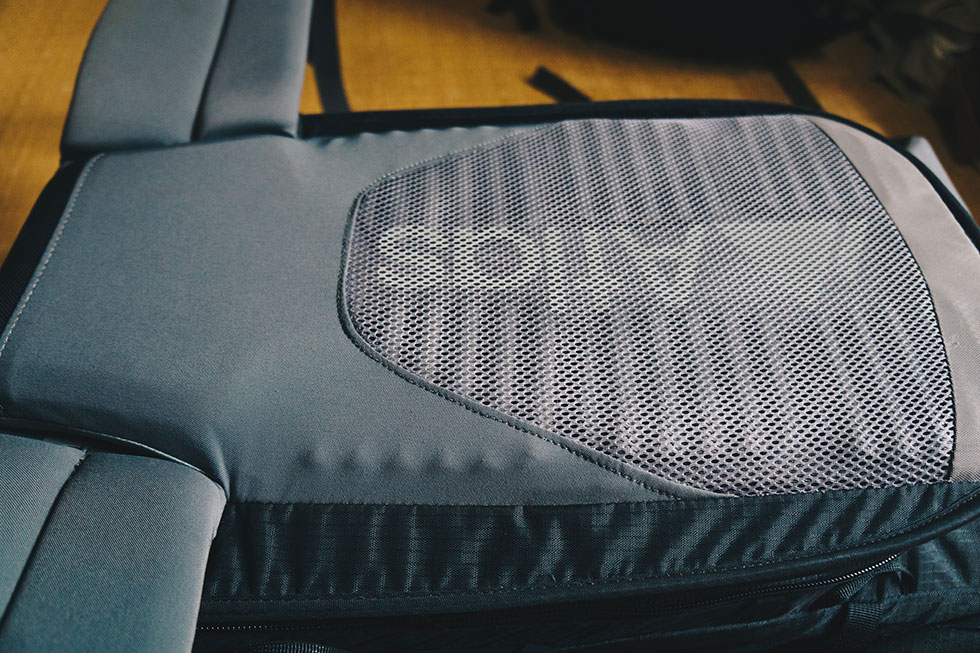
The removable hip straps feel like they were designed with movement in mind instead of a static dummy. With a few degrees of rotational movement, the Athlete has been a breeze to ski with. Even the much larger 50-liter Adventure touts the same floating strap feature, keeping it from fighting the movements of the trips these packs are designed to be a part of.
Distributing the weight throughout the pack is an internal frame, which also serves to keep the pack from getting sloppy when moving quickly and with rapid direction changes. Most will probably not be skiing with this pack, but knowing that it skis well is an excellent benchmark for how the pack will perform in other adventures.
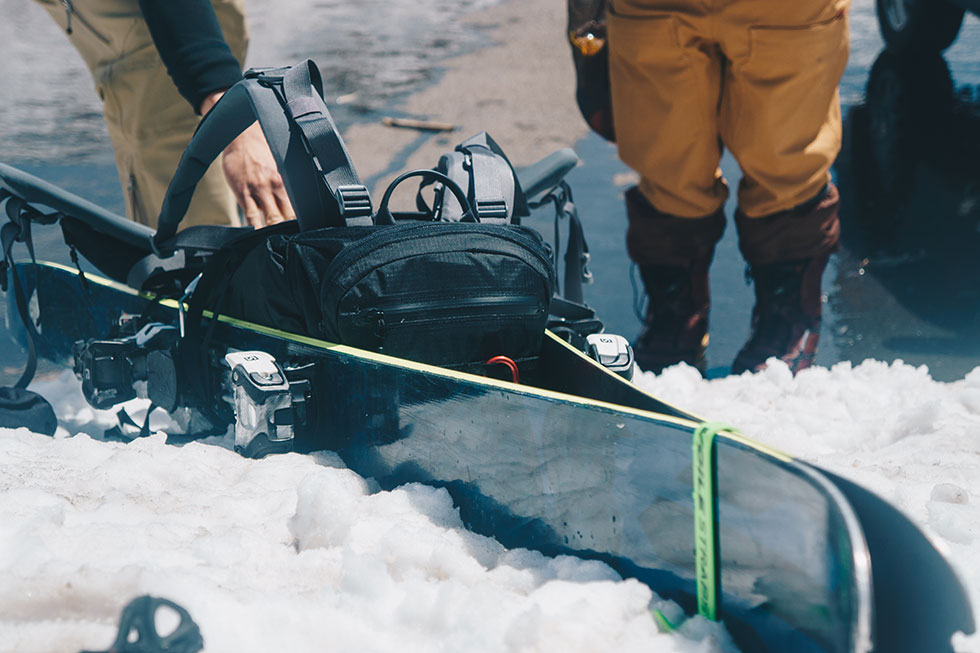
Durability/Weatherability
These packs can take a serious beating with daily use between spring skiing right to summer’s doorstep, muddy car parks, living in the back of a car, shuttling to and from locations multiple times per day, and being zipped and unzipped incessantly. In my testing, only when stomping through a hellish bush-bash with skis on my back did the fabric tear from the constant rubbing of a ski edge and a buckle snap from the forces of bush pulling on my attached skis. If you plan to ski with this pack, know that it will be perfect for downhill pursuits but that carrying the skis uphill for extended periods of time may cut into the fabric. The Athlete, which I have used every day since I received it for testing, has been one hard-working bag, especially in spring skiing conditions, which are often tougher on gear than skiing in deep winter. In an involuntary test of fabric toughness during a 100-meter slide down the mountain, mostly on my back (on the pack), I was left with a bit of snow burn but the Adventure just shrugged it off with no visible signs of damage.
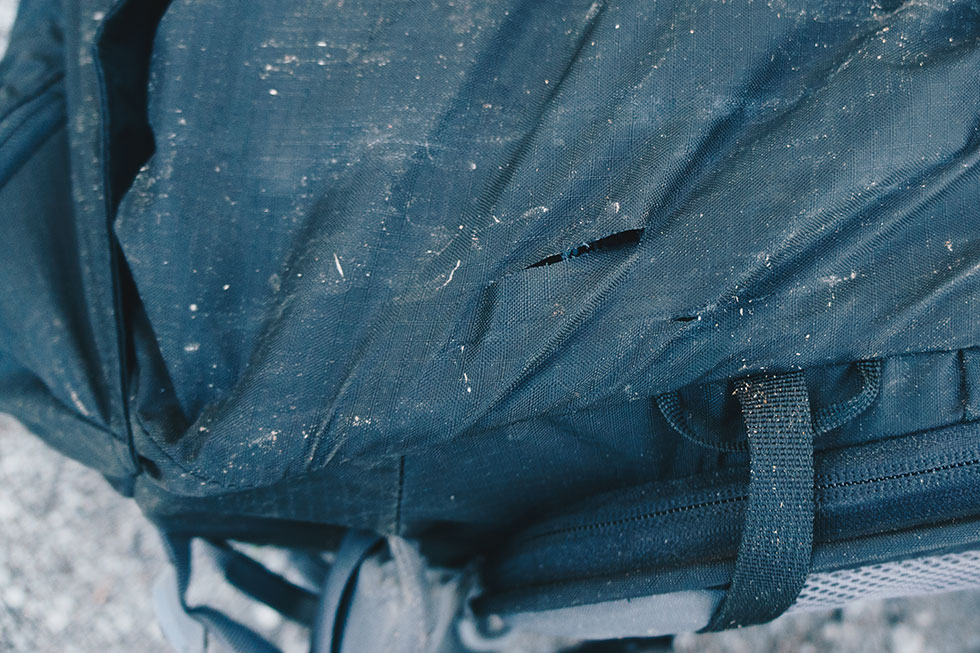
One feature I can see as a breaking point is the stretchy front pocket. Because these are primarily back access packs, the fronts see lots of ground time and may tear at some point while being dragged across rock and ice.
The packs have proven quite waterproof against melting snow and spring rain. However, for onslaughts of downpour, both packs sport a hidden rain cover, accessed through the bottom of the front.
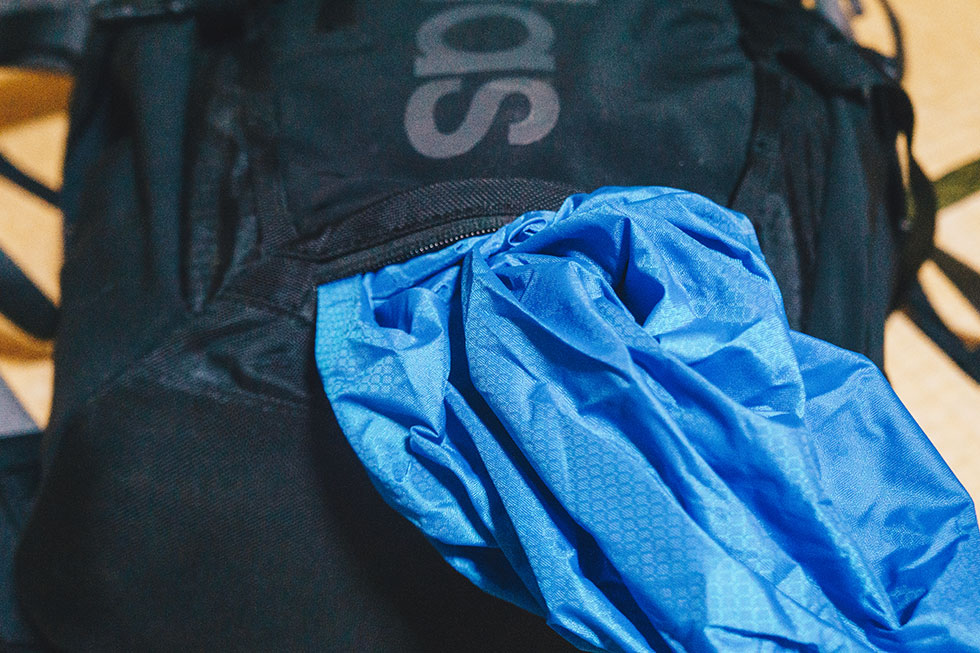
Alternatives to Consider
f-stop’s all-rounder Ajna and Tilopa series are direct competitors to the Atlas Packs Athlete and Adventure, respectively. The f-stop packs need ICUs (Internal Camera Units) to function as camera packs, but they must be purchased separately. Also consider the Shimoda Designs Explore 40L, another technically minded pack designed for adventure photographers by adventure photographers.
"One feature I can see as a breaking point is the stretchy front pocket. Because these are primarily back access packs, the fronts see lots of ground time and may tear at some point while being dragged across rock and ice."
The Good
- Excellent access to gear via back panel
- Enough straps to cinch the bag into a compact setup
- Durable
- Easy to organize gear with all the pockets available
- Great weight distribution
Not So Good
- Can’t remove hip belt lens pouches
- Hydration bladder pocket could be located in a more balanced spot
- Built-in camera protection system not removable for minimal setups
- Expandable front pocket could be a weak point further down the road
Verdict
As an adventure photographer, the Athlete is one of the most versatile packs out there that can haul your precious gear from sea to summit and back. The Athlete and the Adventure can work together as a system, providing a seamless switch from day-to-day trips to outings with a higher payload. After thrashing the Athlete through some of the most demanding tests I could think of, I can say that it will be ready for any insane missions you guys have planned to take your camera gear there and back in one piece.
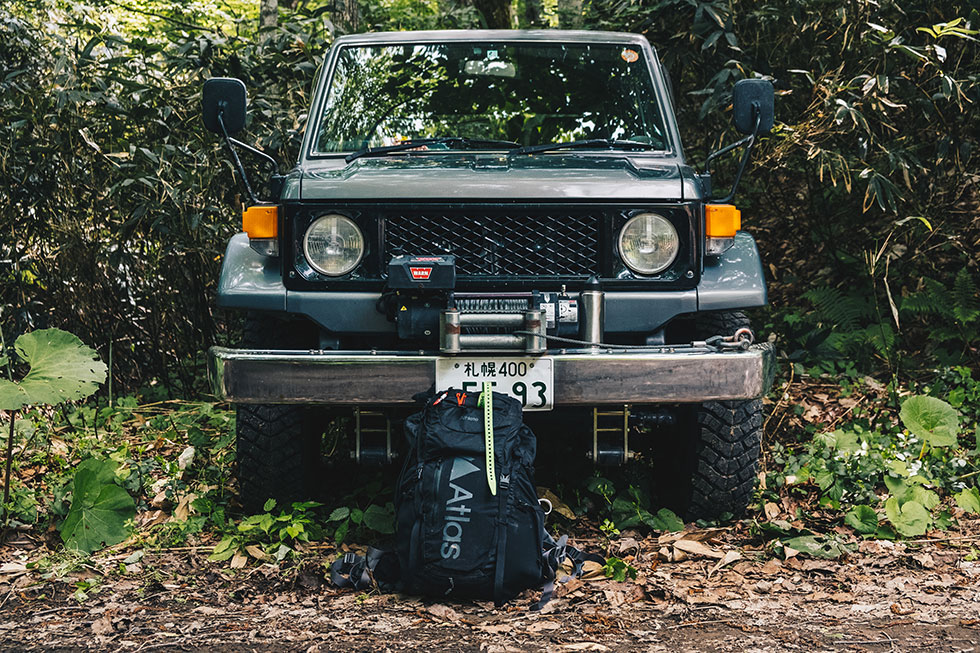





 Carry Awards
Carry Awards Insights
Insights Liking
Liking Projects
Projects Interviews
Interviews